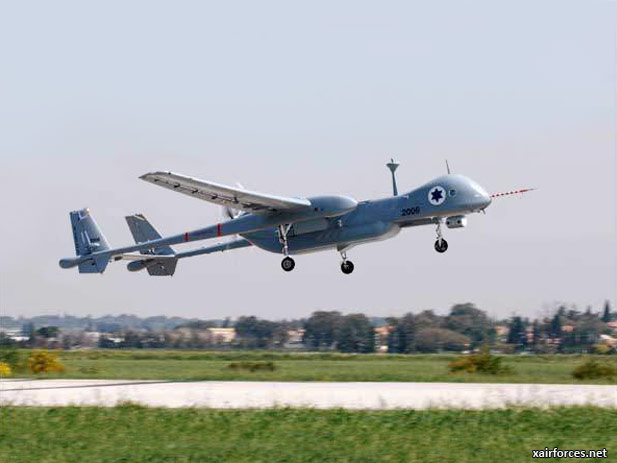
European Industry Calls for UAS Regulatory Framework

A representative from the European defense industry came out strongly in favor of the European Union developing a regulatory framework for unmanned aerial systems (UASs) at a workshop on research and development into UASs here Feb. 9.
Dave Kershaw, the Future Capability Business Development Director at BAE Systems and who is serving on a UAS working group at the Aerospace and Defence Industries Association of Europe (ASD), expressed the need for a “fair and reasonable regulatory framework to operate systems across borders” and that there was “a need for coordination between countries.”
He also called for a “proof of concept demonstration” to show the safety of UASs. By way of example, in the U.K. in 2003, he said a UAS had been ready to fly in six months but it had taken 18 months until the regulator “let us fly because we didn’t understand each other.” Hence the need for a proof of concept, he argued.
He concluded by asking: “Is the European Commission ready to create a regulatory framework and rules of the highway to allow us to make products?”
European Defence Agency CEO Claude France Arnould cited “lack of coordination” as “a big issue,” and said there “was a strong expectation for the EU to bring it all together.”
She stressed that “the question of safety is key for everything” and that “safety has to be proved, certified and perceived.”
Daniel Calleja Crespo, the director general of the European Commission’s DG Enterprise, said that during the workshop he had “heard a clear call for the EU to take the lead. The question is, when the EU takes the lead, how it moves forward on fragmentation. We need to analyze how the commission can meet expectations.”
The Commission will produce a report summarizing the main findings of the workshop and identifying ways forward in the spring, he added.
Asked about the benefits for military users of UASs flying in normal airspace, Christian Breant, EDA research director, pointed to the use of UASs for training. He also said that they could in the future be flown directly to battlefields whereas currently, they are taken on boats or aircraft.
Christoph Kautz, deputy head of unit at DG Enterprise, noted that Horizon 2020, the EU’s Framework Programme for Research and Innovation (2014-2020), refers to dual-use technologies to ensure interoperability between civil protection and military forces, and for border security and crisis management. However, panelists were unable to give details of the priority research and development areas.
Source: By JULIAN HALE, BRUSSELS, 10 February 2012 - Gannett Government Media / DefenceNews (www.defensenews.com)
Photo: A Heron TP is seen taking off. (Photo by Israel Aerospace Industries)
(10.02.2012)
|